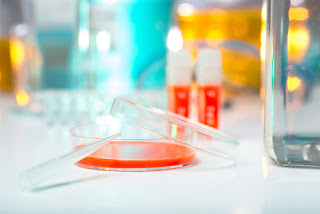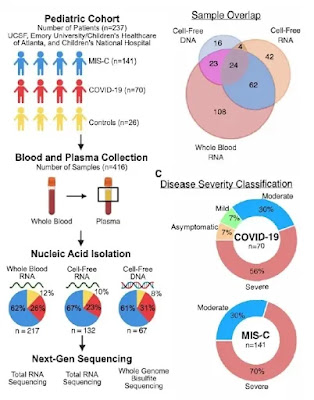Industrial Biotechnology 2022

Scaling AAV Production: Easing the Transition from Laboratory Scales to Commercial Manufacturing Aden associated virus (AAV) has emerged as the leading vector for gene therapy delivery. Compared with options such as lent virus and adenovirus, AAV exhibits a strong safety profile because it has low pathogenicity and requires a helper virus to replicate. AAV is also capable of long-term gene expression, and it can infect both dividing and no dividing cells ( 1–5 ). Developers of advanced therapies have found such advantages to be quite attractive. As of January 2021, two gene therapy products have gained US Food and Drug Administration (FDA) approval: Luxturna (voretigene neparvovec) from Spark Therapeutics and Zolgensma (onasemnogene abeparvovec) from AveXis/Novartis. Both products use AAV vectors (serotypes 2 and 9, respectively), as do many candidate therapies moving through clinical studies. Cost-effective AAV manufacturing remains elusive, however. Yields and expression titers...
.jpg)



